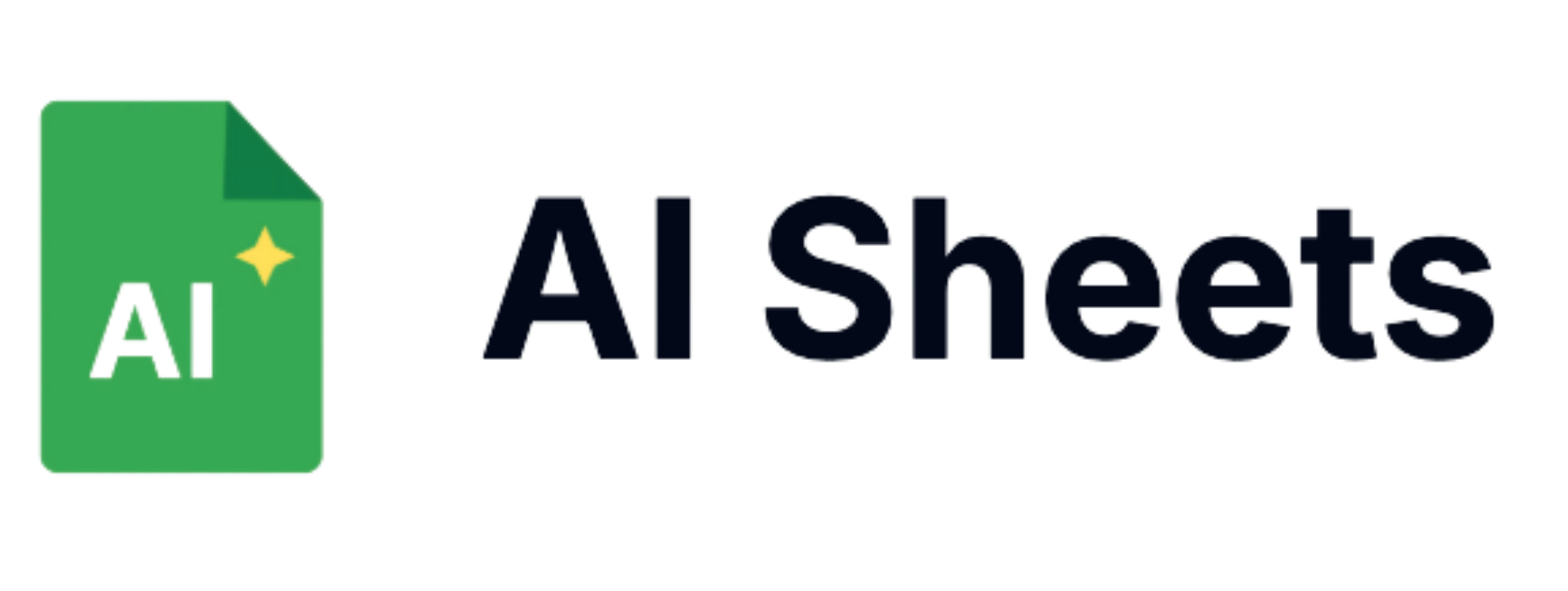How to Implement Programmatic SEO in WordPress Effectively

In today's competitive digital landscape, scaling your content strategy efficiently is crucial for online success. Programmatic SEO in WordPress offers a powerful solution for businesses looking to expand their organic search presence systematically. By automating the creation of targeted landing pages at scale, you can capture long-tail keywords and dominate specific niches without the manual effort traditionally required.
What is Programmatic SEO?
Programmatic SEO refers to the automated creation of landing pages that target specific search queries by leveraging existing data sources and templates. Rather than manually creating hundreds or thousands of pages, programmatic SEO allows you to generate them systematically through:
- Template-based page structures
- Dynamic content insertion from databases
- Automated URL structuring
- Scalable metadata generation
This approach is particularly effective for businesses with large product catalogs, location-based services, or those targeting numerous long-tail keywords across various categories.

Why Implement Programmatic SEO in WordPress?
WordPress powers approximately 43% of all websites online, making it the ideal platform for implementing programmatic SEO strategies. The benefits include:
- Scalability: Create thousands of targeted pages without proportional effort
- Consistency: Maintain uniform quality and optimization across all generated content
- Flexibility: Easily update template-based content across all pages simultaneously
- Cost-efficiency: Reduce content creation costs while expanding search visibility
- Data-driven approach: Base content creation on actual search demand and user intent
Ready to scale your SEO efforts efficiently? AI Sheets can help you organize and manage your programmatic SEO campaigns effectively.

Essential Components for Programmatic SEO in WordPress
1. Data Collection and Organization
The foundation of successful programmatic SEO is high-quality data. You'll need:
- Keyword research data identifying valuable search terms
- Structured information that will populate your templates
- Category and taxonomy organization
This is where specialized tools become invaluable. With AI Sheets, you can efficiently organize and analyze your data using formulas like:
=GPTCATEGORIZE(A2:A100, "informational,transactional,navigational")
This allows you to automatically categorize keywords by search intent, making template assignment much easier.
2. Template Creation in WordPress
Create flexible, optimized templates that will form the structure of your programmatic pages:
- Develop page templates using WordPress theme customization or page builders
- Create dynamic content sections that will be populated from your database
- Optimize template structure for SEO best practices
- Implement schema markup appropriate for your content type
Templates should be designed with both user experience and search visibility in mind, incorporating proper heading structure, internal linking opportunities, and conversion elements.
3. Database Integration
To implement programmatic SEO effectively in WordPress, you'll need to:
- Create a custom database table or use existing WordPress tables
- Develop the connection between your data source and WordPress
- Set up automation for regular content updates
For WordPress developers, this often involves creating custom plugins or utilizing existing database management tools.
4. WordPress Implementation Methods
Option 1: Custom Post Type Generation
Create a custom post type for your programmatic pages and develop a system to generate posts automatically:
function create_programmatic_post($title, $content, $slug, $meta_data) {
$post_data = array(
'post_title' => $title,
'post_content' => $content,
'post_status' => 'publish',
'post_type' => 'programmatic_page',
'post_name' => $slug
);
$post_id = wp_insert_post($post_data);
if (!is_wp_error($post_id)) {
foreach ($meta_data as $key => $value) {
update_post_meta($post_id, $key, $value);
}
}
return $post_id;
}
Option 2: Dynamic Page Generation
For truly large-scale implementations, consider dynamic page generation:
- Create a custom rewrite rule in WordPress
- Set up a template file that generates content on-the-fly
- Implement robust caching to maintain performance
This approach reduces database bloat but requires more advanced development skills.
Need help organizing your programmatic SEO data? AI Sheets makes data management simple with powerful AI formulas that streamline your workflow.
Step-by-Step Implementation Guide
1. Research and Planning
Start by identifying your target keyword clusters and organizing them strategically:
- Conduct comprehensive keyword research
- Group keywords by intent, volume, and competition
- Create a content hierarchy and URL structure plan
- Identify data sources for your content generation
Using AI Sheets' GPTTABLE formula, you can generate structured keyword groupings efficiently:
=GPTTABLE("programmatic seo keyword clusters", "Keyword", "Monthly Volume", "Intent", "Template Type")
2. Technical Setup in WordPress
Prepare your WordPress installation:
- Choose between custom post types or dynamic page generation
- Set up necessary database tables or API connections
- Create content templates with dynamic insertion points
- Implement proper indexation controls and XML sitemap integration
3. Content Template Development
Design templates that balance search optimization with user experience:
- Create templates for different content types and intents
- Develop dynamic heading structures that incorporate target keywords
- Implement schema markup appropriate for each template
- Build in internal linking opportunities between programmatic pages
4. Quality Control Systems
Implement safeguards to ensure your programmatic pages deliver value:
- Set minimum content quality thresholds
- Create rules for identifying thin or duplicate content
- Develop monitoring systems for performance metrics
- Implement automation for content refreshes and updates
Advanced Programmatic SEO Techniques for WordPress
Dynamic Internal Linking
Enhance your programmatic SEO strategy with intelligent internal linking:
- Create relationship maps between content pieces
- Automatically generate contextual internal links
- Update link patterns based on performance data
Content Personalization
Take programmatic SEO to the next level with personalization:
- Incorporate user behavior data into content display
- Dynamically adjust content based on user location or history
- Implement A/B testing for programmatic template elements
Want to streamline your SEO data analysis? AI Sheets offers powerful tools that can help you track performance and identify optimization opportunities.
Programmatic Image Optimization
Don't forget visual content in your programmatic strategy:
- Set up automated image alt text generation
- Create dynamic featured images for programmatic pages
- Implement lazy loading and responsive image solutions
The AI Sheets GPTIMAGE formula makes generating optimized image descriptions simple:
=GPTIMAGE("Generate alt text for product images based on these descriptions", A2:A50)

Common Challenges and Solutions
Challenge: Content Quality
Solution: Use AI-assisted content enhancement tools to ensure programmatic pages meet quality thresholds. With AI Sheets, you can leverage the GPTWRITE formula to improve content quality:
=GPTWRITE("Enhance this product description with natural language and SEO optimization", B5, "300 words")
Challenge: Crawl Budget Management
Solution: Implement intelligent indexation controls and prioritization signals through:
- Strategic use of robots.txt and meta robots tags
- XML sitemap prioritization
- Internal linking weight distribution
Challenge: Avoiding Duplicate Content
Solution: Ensure sufficient content variation through:
- Dynamic content insertion points
- Template variation based on keyword intent
- Regular content freshness updates
Measuring Success
Track the performance of your programmatic SEO implementation:
- Monitor organic traffic growth to programmatic pages
- Track rankings for target keyword clusters
- Analyze user behavior metrics on programmatic content
- Calculate ROI based on conversion attribution
Need help organizing and analyzing your performance data? AI Sheets makes complex data analysis simple with formulas like GPTASK:
=GPTASK(A2:J50, "What patterns do you see in our top-performing programmatic pages?")
Conclusion
Implementing programmatic SEO in WordPress effectively requires careful planning, technical expertise, and ongoing optimization. By following the steps outlined in this guide, you can create a scalable content strategy that captures valuable search traffic while maintaining quality and relevance.
The combination of WordPress's flexibility and programmatic SEO's scalability creates powerful opportunities for businesses of all sizes. Whether you're managing a large e-commerce catalog, location-based business, or content-focused website, programmatic SEO techniques can dramatically expand your search visibility while optimizing your content creation resources.
Start small, measure carefully, and scale progressively for the best results with your programmatic SEO implementation in WordPress.
Ready to take your SEO strategy to the next level? Sign up for AI Sheets today and discover how our powerful AI formulas can streamline your programmatic SEO workflow.
Recommended Reading
- Complete Guide to AI Sheets Formulas
- 10 Best AI Tools for Google Sheets (Including My #1 Pick)
- How to Clean Data in Google Sheets with AI (Easy)
- How to Bulk Generate Images with AI Sheets
- Top Programmatic SEO Tools to Scale Content Fast
- How to Find Your Competitor’s Affiliates (and Steal Them)
- Best Email Scrapers to Automate Outreach
- Best AI Tools for Google Sheets You Should Be Using
